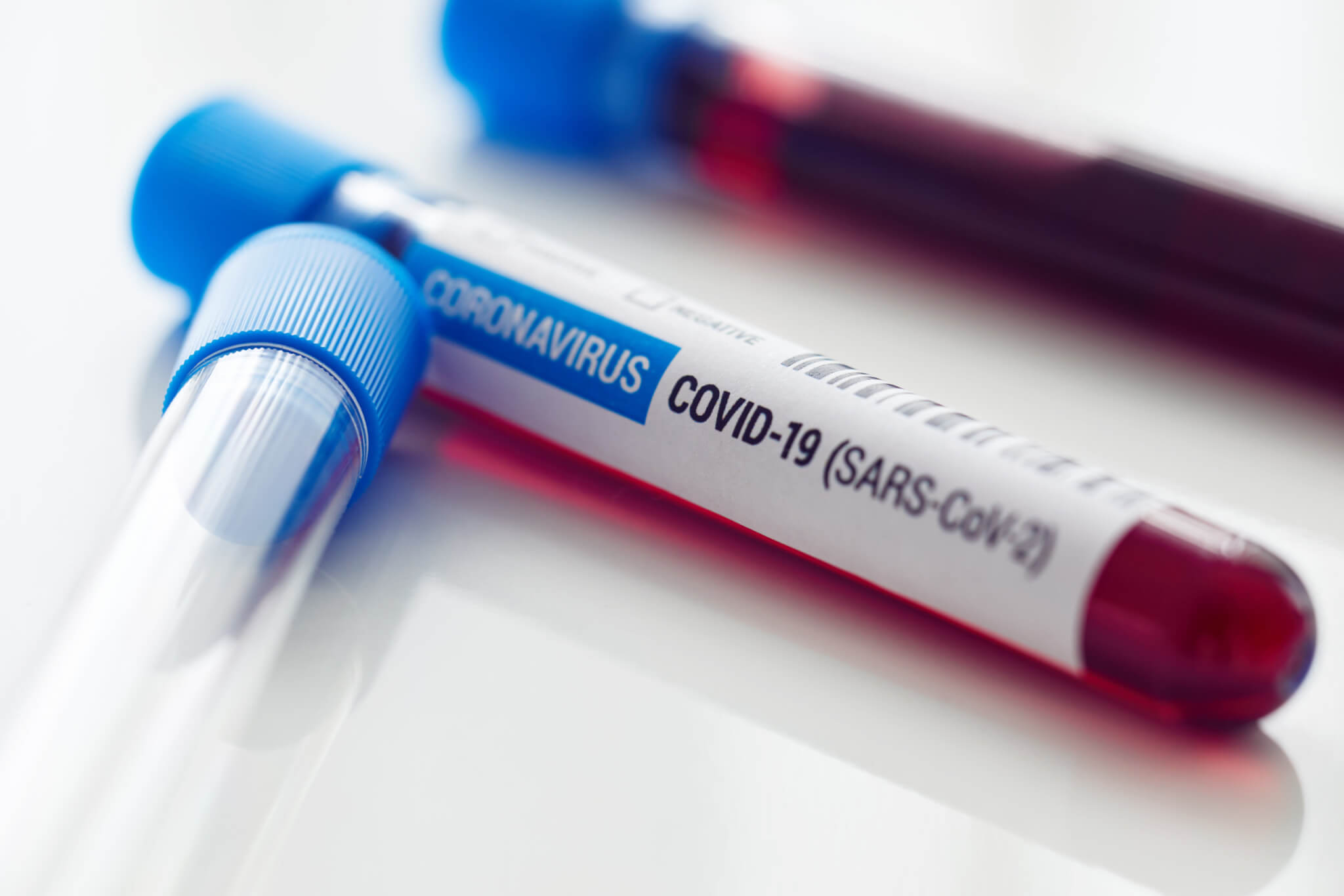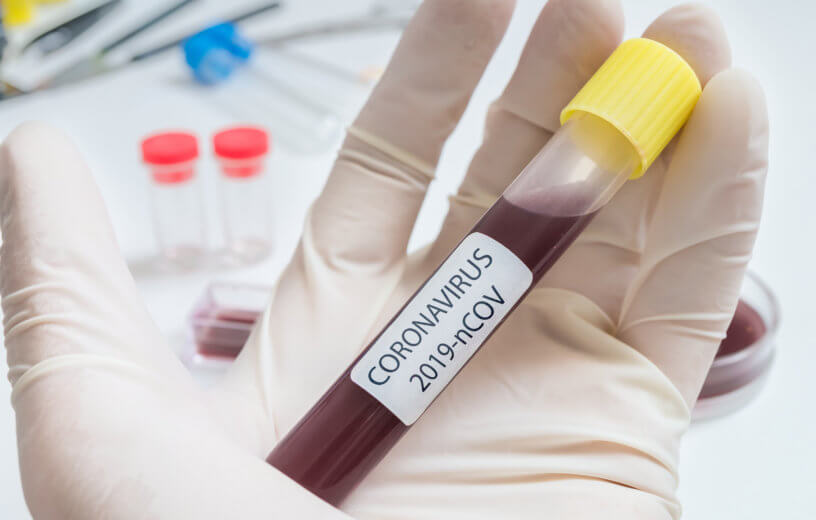💡What To Know:
- A risk assessment tool gives a 68% likelihood to the COVID lab origin theory.
- COVID-19 has led to over 1.18 million deaths in the U.S., according to the CDC.
- COVID was originally declared a Public Health Emergency of International Concern on Jan. 30, 2020.
SYDNEY — Scientists are reigniting the debate over the origins of the coronavirus SARS-CoV-2 — the virus causing COVID-19. This revealing report suggests that there is a serious possibility the virus originated in a laboratory in China, rather than through natural transmission from animals to humans. Moreover, researchers in Australia say their evidence also points to the possibility that this knowledge was “suppressed” and was kept from the public during the pandemic.
Using a sophisticated tool known as the modified Grunow–Finke assessment tool (mGFT), researchers from the University of New South Wales assessed the likelihood of SARS-CoV-2’s origins, with the tool giving a score of 41 out of 60 to the possibility of an “unnatural origin” for COVID-19. Simply put, after examining all the evidence, the score equates to a 68% likelihood that the virus came from a lab and spread across the world from there.
The emergence of SARS-CoV-2 in Wuhan, China, has been shrouded in both mystery and controversy since the start of the COVID pandemic. While initial studies leaned heavily towards a zoonotic origin – meaning the virus jumped from animals to humans – concrete evidence identifying an actual animal source has not been found. This uncertainty has kept the laboratory-origin theory in the conversation, especially given the presence of the Wuhan Institute of Virology (WIV) in the city where the pandemic began.
“This risk assessment cannot prove the origin of SARS-CoV-2 but shows that the possibility of a laboratory origin cannot be easily dismissed,” researchers write in the journal Risk Analysis.

How did the risk analysis tool make this conclusion?
The mGFT evaluated 11 criteria including the geographic distribution of the disease, the unusual nature of the virus strain, and the intensity of the pandemic. With scores ranging from 0 to 3 for each category, the final score provided a measurable probability of whether the pandemic’s origin was natural or unnatural (from animals or a lab).
If this was a court room, the mGFT presented a compelling case for the lab theory. For instance, the review cited the proximity of initial COVID-19 cases to the WIV, combined with the fact that one of the closest known bat coronaviruses, RaTG13, was studied there.
Additionally, there were abnormalities in SARS-CoV-2’s furin cleavage site – a critical component of many diseases that help them spread. These oddities have not been seen in other similar viruses. Moreover, the rapid global spread of the disease worldwide further muddies the waters.
What makes this situation even more complex is the evidence of COVID’s presence in different parts of the world before the outbreak was officially recognized in Wuhan, China. This could suggest a broader, earlier spread than initially thought, challenging the public’s early focus on a Wuhan seafood market as the outbreak’s alleged origin.
“Limited epidemiologic analysis has focused on the Huanan seafood market, which was a site of the first recognized cluster of cases in December 2019 (Worobey et al., 2022). Several of the first cases, however, did not visit the Huanan markets (Li et al., 2020). In addition, there was serological evidence of SARS-COV-2 spreading in the United States (US) and Europe in December and November 2019, respectively, which points to an earlier origin of the pandemic than speculated around wet market theories,” the study authors explain.
Has the truth about COVID-19 been suppressed for years?
Concerningly, the report also suggests that this information may have been known by scientists for years and that those funding research at the Wuhan Institute of Virology allegedly played a role in keeping scientists’ concerns from reaching the public.
Although this is only a theory by the Australian research team at this time, their study states that the evidence from U.S. Freedom of Information requests point towards this unnerving possibility.
“Other evidence that came to light in 2023 under Freedom of Information requests in the US further indicates that virologists who publicly stated that SARS-COV-2 had a natural origin simultaneously privately communicated doubts about this to each other, and discussed the fact that research at WIV could have led to the creation of SARS-COV-2,” the study authors reveal in Risk Analysis.
“It is possible that US funding of some of the research at WIV was a motivation for the public messaging about natural origins to be promoted and the discussion of a lab accident to be suppressed. The events and incidents above suggest a laboratory incident is possible, so we have assigned a score of 3 to this criterion,” the team concludes.

I’m pretty sure anyone with half a brain knew this 4 years ago… thanks anyway..